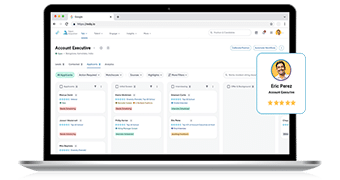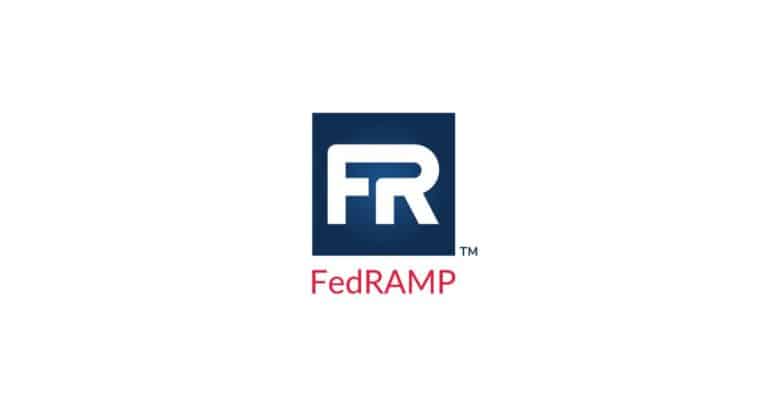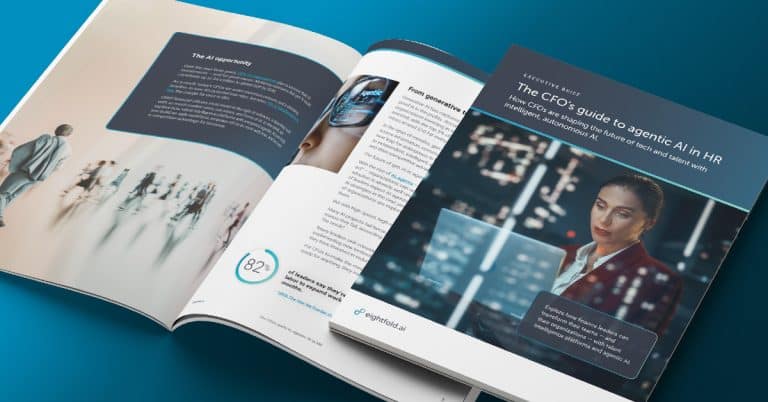CFOs are under pressure to deliver rapid ROI from AI investments — without compromising workforce agility or organizational health.
An organization’s quality and depth of talent is critical to its success. The most forward-thinking finance leaders are supporting their HR teams’ goals by turning to talent intelligence platforms powered by agentic AI. These systems reduce spend, close skill gaps, and improve forecasting by making HR more autonomous, efficient, and data-driven.
Explore how talent intelligence and agentic AI can help you unlock workforce ROI, support transformation goals, and ready your organization for what’s next — all while doing more with less.
In this brief, you’ll learn:
- Why CFOs must work with CHROs to align talent, tech, and strategy to realize AI’s full value.
- How agentic AI helps reduce costs, streamline operations, and expand workforce capacity.
- What to look for in true agentic AI and how to avoid investing in false agents.
The AI opportunity
The race for reinvention is on. Over the next three years, 92% of organizations plan to increase their AI investments — and for good reason. McKinsey estimates that gen AI could contribute up to $4.4 trillion to global GDP by 2030.
As a result, today’s CFOs are under enormous pressure, and a shrinking timeline, to turn AI’s potential into value. But when 70% of transformations fail, the margin for error is slim. CFOs must invest in the right AI solutions, a daunting task with so much market noise, use cases, and forms of AI. In this brief, we explore how talent intelligence platforms with integrated agentic AI can help you build an agile workforce, empower HR to do more with less, and secure a competitive advantage for tomorrow.
From generative to agentic AI
Generative AI has captured the attention of nearly every business. The proof is in the profits.
According to a new study from IDC and Microsoft, organizations investing in AI see an average of $3.7 for every dollar invested, with the top 5% of leaders in AI adoption seeing even higher return around $10 for every dollar invested. In just a few years, gen AI has transformed how we work, including how we make content, write code, and automate tasks. Now, the next leap for enterprises is here — a shift from reactive, prompted tools to independent, intelligent agents that boost productivity, reduce costs, and drive competitive advantage.
The future of gen AI is agentic AI.
With the rise of AI agents — digital workers that can “reason, plan, and act” — organizations can now scale their workforces as needed, and adoption is already well underway. According to Microsoft research, 81% of leaders expect AI agents to be deeply integrated into their company’s AI strategies in the next year and a half. And KPMG reports that over half of organizations are exploring AI agents, and 65% are piloting AI agents.
82% of leaders say they’re confident that they’ll use digital labor to expand workforce capacity in the next 12–18 months. – “2025: The Year the Frontier Firm Is Born,” Microsoft
But with high-speed, high-stakes transformations, there’s always risk. Many AI projects fail because organizations lack the right skills. Another reason they fail, according to Deloitte, is unrealistic business use cases. The result? Many leaders sink considerable time and capital into buying and implementing new technologies, only to change direction later or realize they have invested in redundant technologies.
For CFOs to make the most of their AI investments and build a workforce ready for anything, they must invest strategically.
The cost of getting agentic AI wrong
Before investing in agentic AI, it’s critical to vet vendors and ask questions to ensure you’re purchasing a true agent. Failure to differentiate between true agentic AI and false agents could lead to:
- Systems that require constant oversight and reconfiguration.
- Escalating costs from inefficiencies, redundant work, and continuous patching.
- Losing trust from systems that overpromise and underdeliver.
- Security and compliance gaps from mishandled sensitive data.
- Falling behind as competitors deploy adaptive, self-improving systems.











